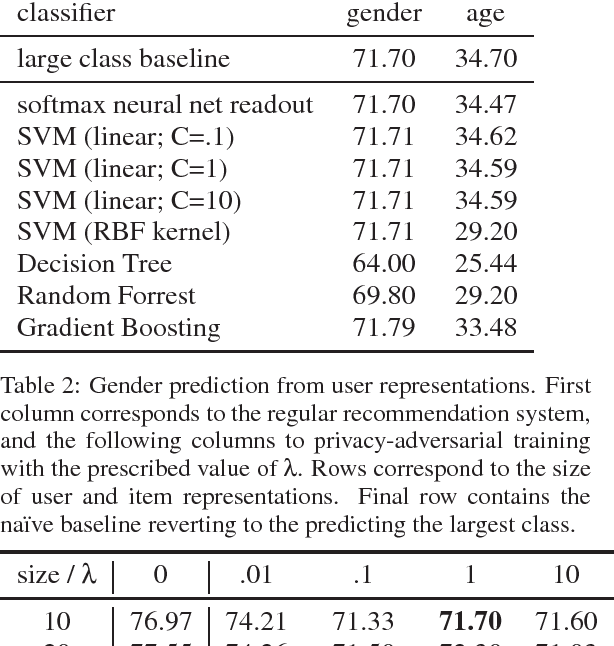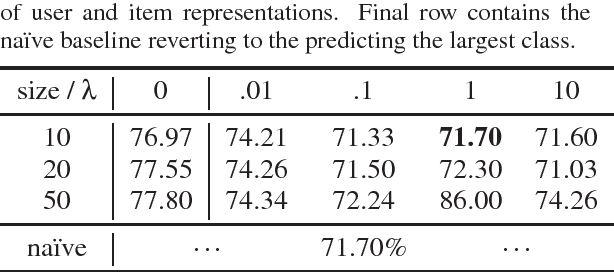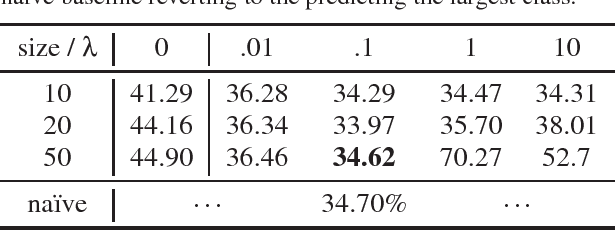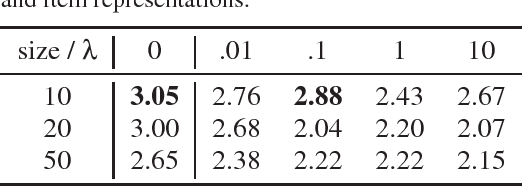Moni Shahar
Neural Fingerprints for Adversarial Attack Detection
Nov 07, 2024



Abstract:Deep learning models for image classification have become standard tools in recent years. A well known vulnerability of these models is their susceptibility to adversarial examples. These are generated by slightly altering an image of a certain class in a way that is imperceptible to humans but causes the model to classify it wrongly as another class. Many algorithms have been proposed to address this problem, falling generally into one of two categories: (i) building robust classifiers (ii) directly detecting attacked images. Despite the good performance of these detectors, we argue that in a white-box setting, where the attacker knows the configuration and weights of the network and the detector, they can overcome the detector by running many examples on a local copy, and sending only those that were not detected to the actual model. This problem is common in security applications where even a very good model is not sufficient to ensure safety. In this paper we propose to overcome this inherent limitation of any static defence with randomization. To do so, one must generate a very large family of detectors with consistent performance, and select one or more of them randomly for each input. For the individual detectors, we suggest the method of neural fingerprints. In the training phase, for each class we repeatedly sample a tiny random subset of neurons from certain layers of the network, and if their average is sufficiently different between clean and attacked images of the focal class they are considered a fingerprint and added to the detector bank. During test time, we sample fingerprints from the bank associated with the label predicted by the model, and detect attacks using a likelihood ratio test. We evaluate our detectors on ImageNet with different attack methods and model architectures, and show near-perfect detection with low rates of false detection.
Privacy-Adversarial User Representations in Recommender Systems
Jul 10, 2018



Abstract:Latent factor models for recommender systems represent users and items as low dimensional vectors. Privacy risks have been previously studied mostly in the context of recovery of personal information in the form of usage records from the training data. However, the user representations themselves may be used together with external data to recover private user information such as gender and age. In this paper we show that user vectors calculated by a common recommender system can be exploited in this way. We propose the privacy-adversarial framework to eliminate such leakage, and study the trade-off between recommender performance and leakage both theoretically and empirically using a benchmark dataset. We briefly discuss further applications of this method towards the generation of deeper and more insightful recommendations.
Fusing Multifaceted Transaction Data for User Modeling and Demographic Prediction
Dec 19, 2017



Abstract:Inferring user characteristics such as demographic attributes is of the utmost importance in many user-centric applications. Demographic data is an enabler of personalization, identity security, and other applications. Despite that, this data is sensitive and often hard to obtain. Previous work has shown that purchase history can be used for multi-task prediction of many demographic fields such as gender and marital status. Here we present an embedding based method to integrate multifaceted sequences of transaction data, together with auxiliary relational tables, for better user modeling and demographic prediction.
 Add to Chrome
Add to Chrome Add to Firefox
Add to Firefox Add to Edge
Add to Edge